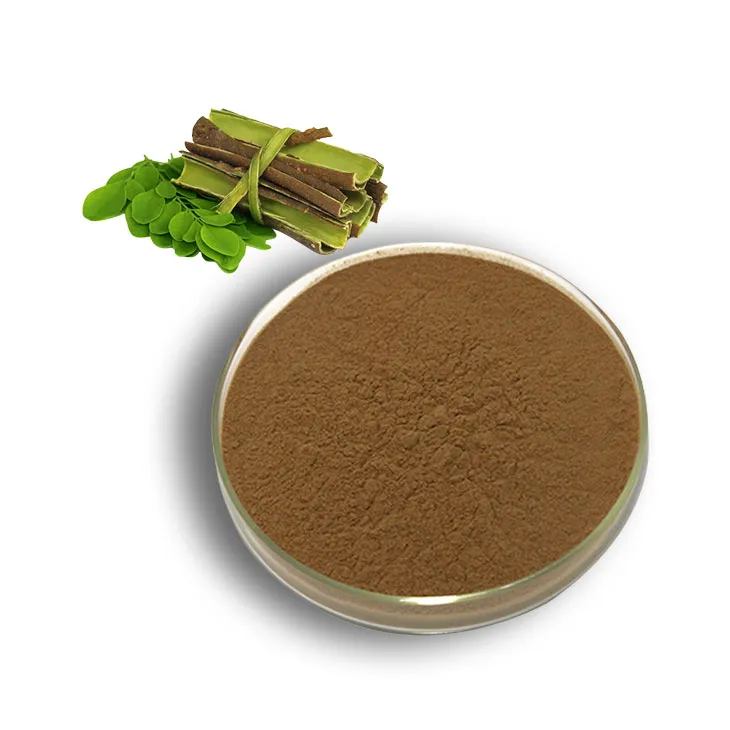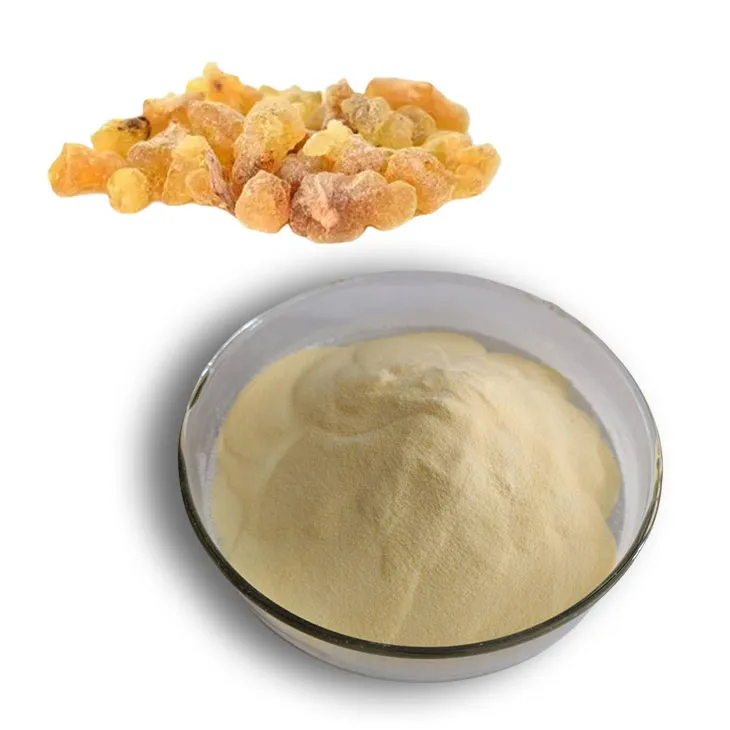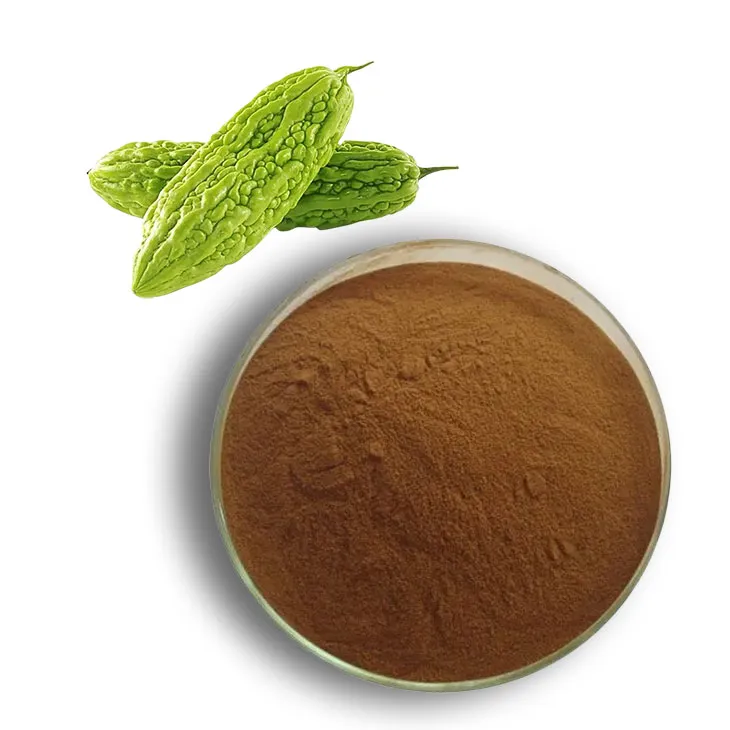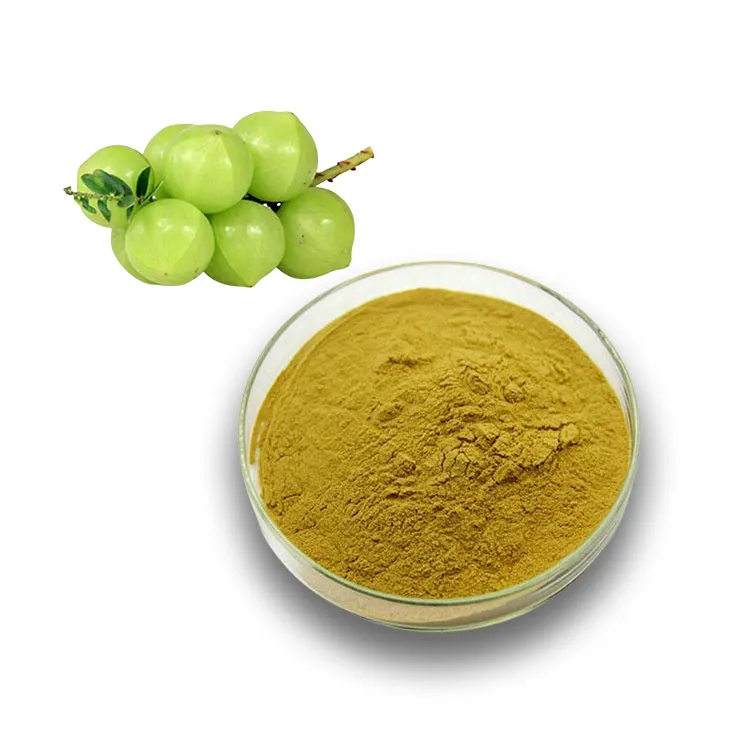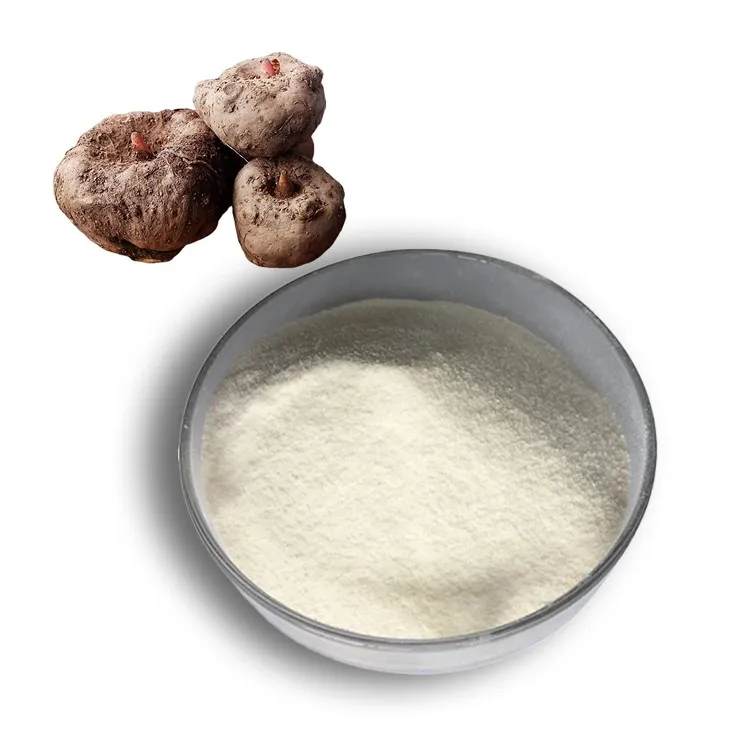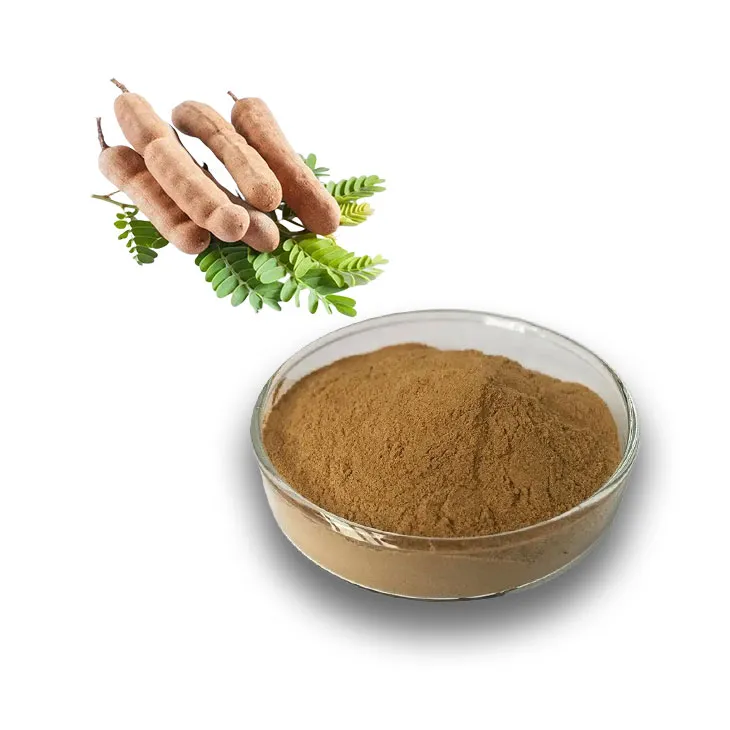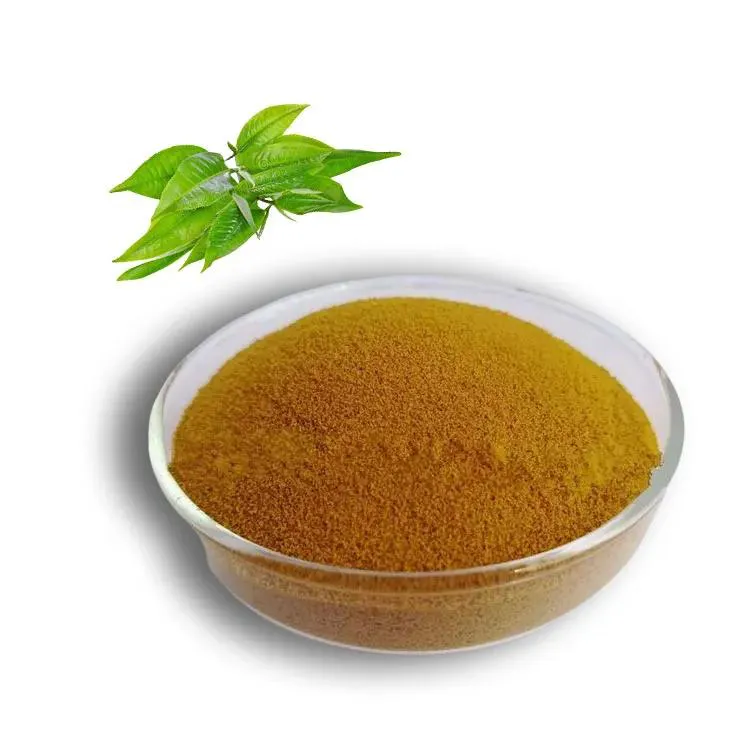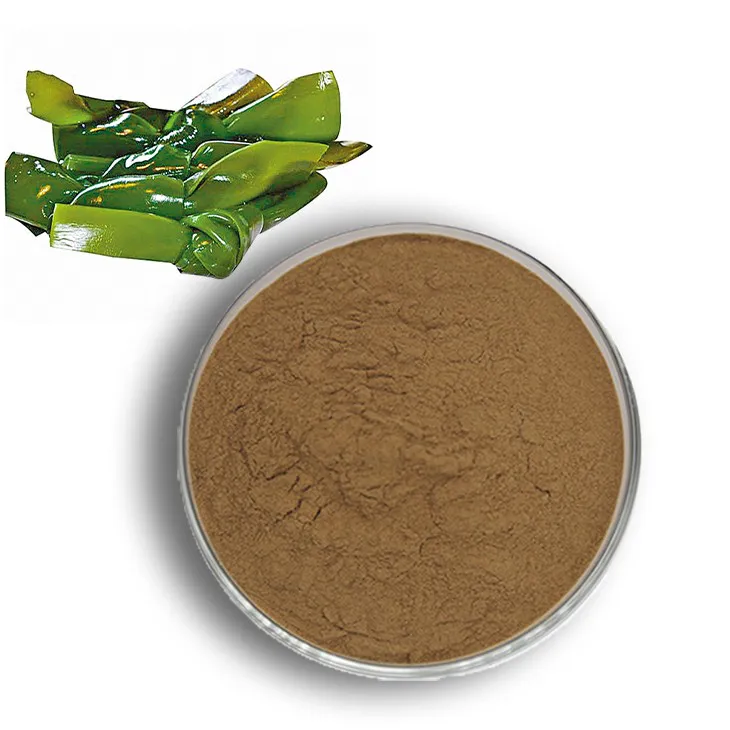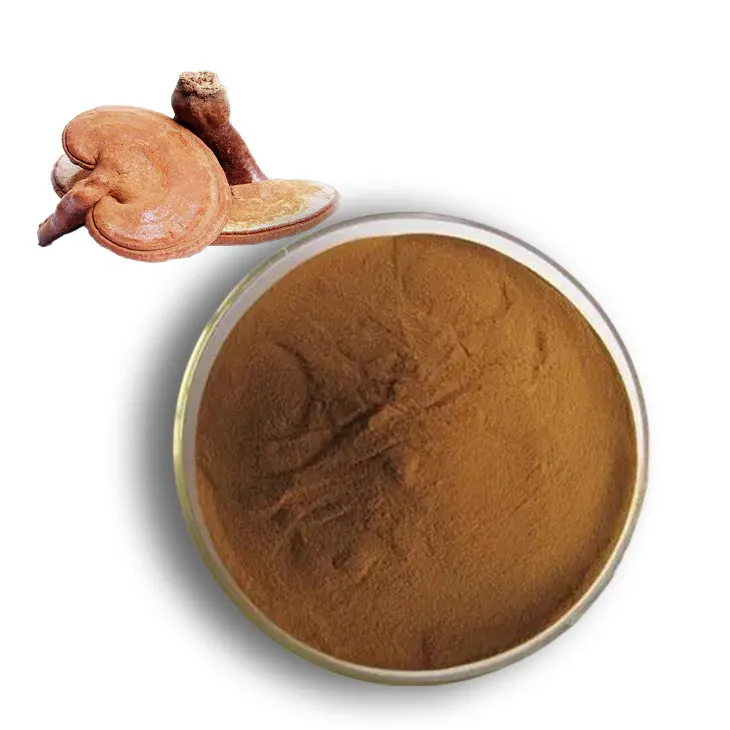- 0086-571-85302990
- sales@greenskybio.com
White Willow Bark: history, Health Benefits and Modern Applications
2025-06-06
White willow bark (Salix alba) has a long legacy as a natural remedy for pain, inflammation, and fever. Used by ancient civilizations such as the Sumerians, Egyptians, and Native Americans, this botanical medicine has stood the test of time and even inspired the invention of modern aspirin through its active compound, salicin.
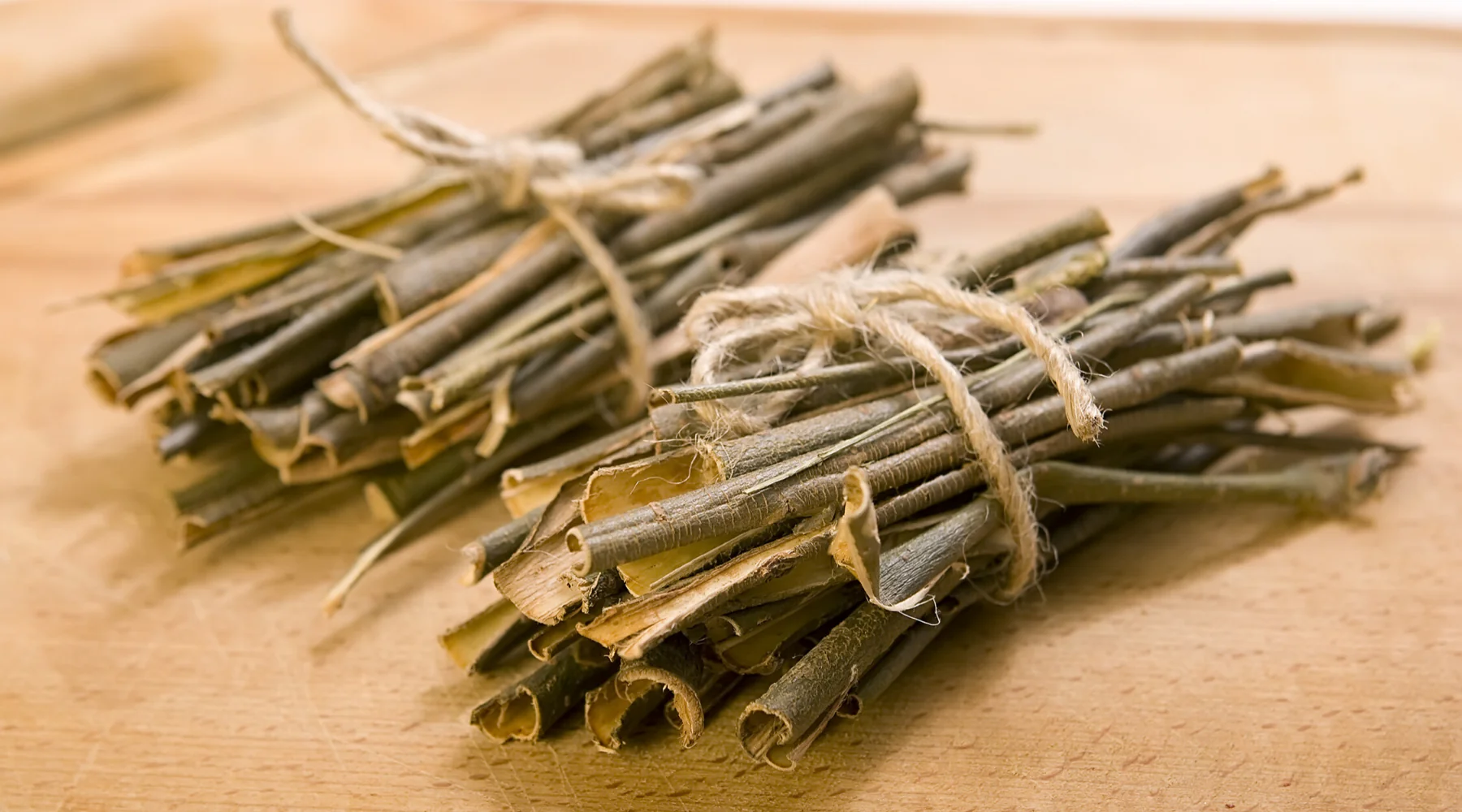
A Rich Historical Tradition
References to willow bark’s healing properties date back thousands of years. Hippocrates advocated chewing the bark to reduce pain and fever, while Native American tribes brewed it into teas to ease headaches, muscle aches, and arthritis. In the 18th century, English clergyman Edward Stone rediscovered its benefits, paving the way for willow bark’s adoption in Europe and the eventual creation of aspirin.
Native to Europe and Central Asia, the white willow tree thrives in moist, temperate environments and is now cultivated worldwide. The bark, harvested as thin strips or powder, is distinct in its grayish-brown color and its mildly bitter, tannic taste.
Bioactive Compounds and Health Benefits
White willow bark contains a powerhouse of phytochemicals, most notably salicin, which the body converts to salicylic acid—a compound with proven anti-inflammatory, analgesic, and fever-reducing effects. Its flavonoids, such as Quercetin and kaempferol, provide antioxidant support, while tannins lend astringent properties to soothe swelling and irritation. Polyphenols further bolster its effects against oxidative stress.
The primary therapeutic uses of white willow bark include:
- Pain relief for headaches, back pain, and joint aches. Salicin inhibits prostaglandin production, similar to how aspirin works.
- Reducing inflammation in conditions like osteoarthritis, rheumatoid arthritis, and gout.
- Lowering fever, thanks to its natural antipyretic qualities.
- Easing menstrual cramps by reducing inflammation and muscle pain.
- Combating oxidative stress and supporting overall health through its antioxidants.
Modern Applications
White willow bark is available in capsules, tablets, tinctures, teas, and powders. For a traditional tea, the bark is steeped for 10 to 15 minutes, resulting in a woody and slightly bitter beverage that can be sweetened with honey or lemon. The bark is a common ingredient in creams and ointments for topical relief of sore muscles and joints and is also found in anti-inflammatory skincare products.
Traditional Chinese Medicine combines willow bark with other herbs, such as ginger or licorice root, to enhance therapeutic outcomes, improve circulation, or address digestive discomforts.
Recipe Inspirations
While mostly used medicinally, white willow bark can find its way into wellness-oriented recipes, such as:
- Willow bark and ginger tea—a soothing drink for pain and inflammation.
- Anti-inflammatory smoothie—white willow bark powder blended with turmeric, pineapple, and coconut water.
- Herbal tincture—white willow bark mixed with valerian root and chamomile.
- Willow bark-infused oil—steeped in olive oil for muscle and joint massage.
- Detoxifying broth—simmered with vegetables and herbs for a nourishing, anti-inflammatory meal.
Safety and Considerations
Despite its generally safe profile, white willow bark should be used cautiously. Those with aspirin sensitivity or individuals taking blood-thinning medications should consult a healthcare provider beforehand, as should anyone considering regular use. As with any herbal supplement, moderation, informed guidance, and proper sourcing are key to safe and effective results.
In summary, white willow bark is a profound example of how nature’s remedies can provide relief and healing across generations. With its robust history, versatile applications, and well-researched benefits, white willow bark continues to serve as both an ancient and modern ally against pain and inflammation.
- ▶ Hesperidin
- ▶ citrus bioflavonoids
- ▶ plant extract
- ▶ lycopene
- ▶ Diosmin
- ▶ Grape seed extract
- ▶ Sea buckthorn Juice Powder
- ▶ Beetroot powder
- ▶ Hops Extract
- ▶ Artichoke Extract
- ▶ Reishi mushroom extract
- ▶ Astaxanthin
- ▶ Green Tea Extract
- ▶ Curcumin Extract
- ▶ Horse Chestnut Extract
- ▶ Other Problems
- ▶ Boswellia Serrata Extract
- ▶ Resveratrol Extract
- ▶ Marigold Extract
- ▶ Grape Leaf Extract
- ▶ blog3
- ▶ Aminolevulinic acid
- ▶ Cranberry Extract
- ▶ Red Yeast Rice
- ▶ Red Wine Extract
-
White Willow Bark Extract
2025-06-06
-
Boswellia Serrata Extract
2025-06-06
-
Bitter Melon Extract
2025-06-06
-
Phyllanthus Emblica Extract
2025-06-06
-
Konjac Powder
2025-06-06
-
Tamarind extract powder
2025-06-06
-
Green Tea Extract
2025-06-06
-
Kelp Extract Powder
2025-06-06
-
Propolis Extract Powder
2025-06-06
-
Reishi mushroom extract
2025-06-06











